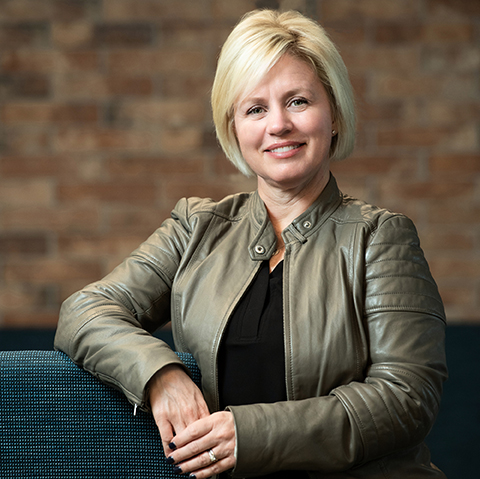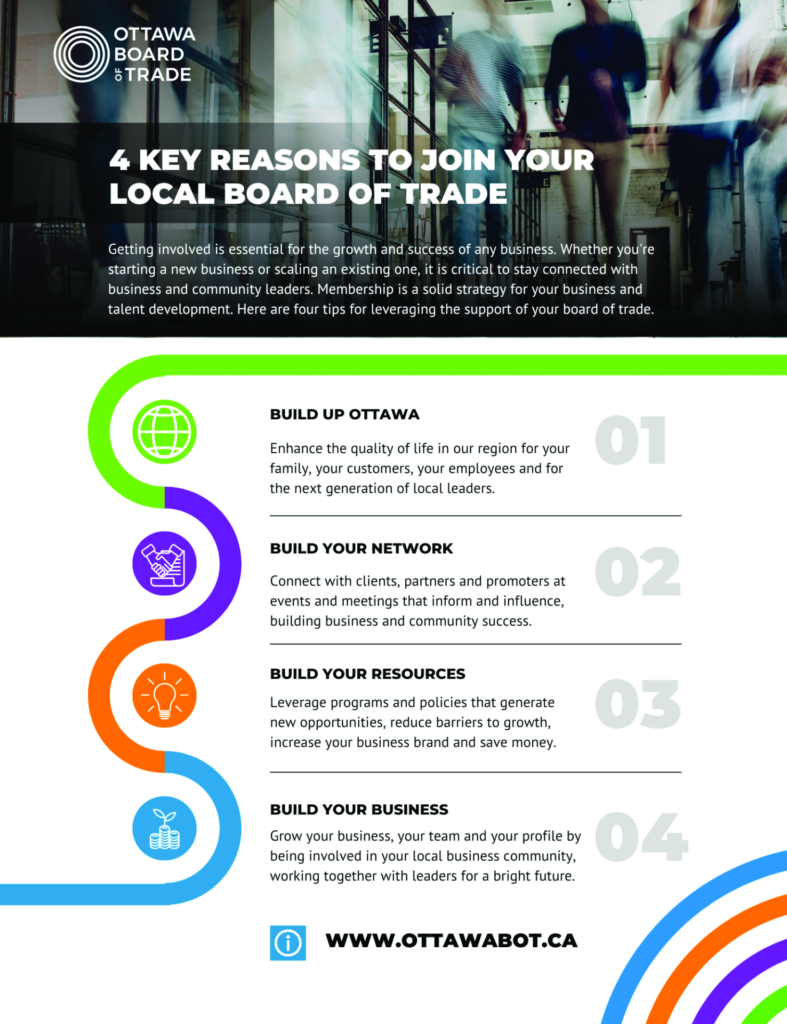C-Suite View: Diversity and Inclusion Enriches Business

By Jeff Buckstein
Embracing a rich diversity of people from different backgrounds has been a huge benefit to Canadian businesses on the world stage, and an important factor in elevating Ottawa’s status as not just a capital city, but also as one of Canada’s key commerce venues.
“From an HR standpoint, I’ve seen our diversity inclusion practices evolve a fair bit with the industry,” says Sue Ivay, chief human resources officer (CHRO) for Kanata-based Calian, whose more than 3,000 employees have a strong presence in four business segments – Health, Information Technology, Advanced Technologies and Learning.
There are approximately 400 employees in Ottawa-Gatineau.
“My job as CHRO is to enable our people to succeed and drive our business and growth. Diversity and inclusion are a huge part of that because they are keys to a respectful, collaborative, and really engaged workforce. People deliver better products and services when they are engaged in what they are doing,” she adds.
Diversity and inclusion are important for business today, not just from the standpoint of hiring, but also in terms of respecting rights and making diverse groups of people feel comfortable in a way they may not have in the past.
This coincides with advancements that women have made in rising through the corporate ranks. One-third of the members on Calian’s board of directors are female, and that percentage is also mirrored on the management team, although the company is looking to improve upon that number, says Ivay.
“We know through studies and discussion that women and minorities remain under-represented in executive positions and on boards, as well as within certain industries. But huge strides have been made,” she says.
Calian, with significant input from its human resources department, has worked very hard on its corporate diversity policy and objectives.
“While we don’t put specific targets or numbers in place, because we want to be mindful of having the right candidate in the right spot, we use those policy objectives to fuel awareness, and really broaden the conversation and everyone’s understanding of what we’re ultimately driving towards,” explains Ivay.
Greater diversity and inclusion within Calian’s workforce has also delivered results, including increased productivity and quality in the services and solutions that the company offers clients in response to the problems they have tasked Calian to address.
“We know, based on research, that increasing the diversity within your workforce drives your ability to mirror your customer base and ultimately gives you a better opportunity to produce more robust and helpful solutions,” Ivay elaborates. “We’re in the business of supporting our customers. Especially when we’re working with them on particularly challenging or complex solutions – they can’t fail.”
For example, last year Calian developed an Indigenous Policy to support its Emergency Management team, which has been expanding its relationships with Indigenous communities to help them build capacity for managing emergencies like storms, floods, or other emergencies. This policy outlines the company’s engagement with Indigenous clients, partners, suppliers, employees and potential employees.
“We looked at it from a three-pillar strategy of listening, learning, and leveraging,” says Ivay.
Listening means engagement and requires an investment of time to build trust and a set of dialogues to enable the development of a genuine mutual understanding and a robust working relationship. Learning is critical to understanding partner needs and identifying how to work better together. And by leveraging Calian is sharing its expertise and experience in networking with Indigenous communities to support local capacities, organizational development, and self-determination, Ivay elaborates.
“When an organization embraces the concept of diversity and inclusion from its board of directors, down to the management team, and front-line employees, and there are regular displays of that in your workforce and culture, that’s where success happens,” she says.
“We deal with complicated challenges all day long at Calian. Sometimes when we encounter one of those new and challenging business problems, a communication model that we have found works really well, and that we teach to our employees, is to pull together a very diverse group of people to help solve it,” she explains.
The benefit is that this brings together people with varying experiences in business and in life to employ a diversity of thought and insight to tackle some of the most difficult challenges.
“We have found that by applying that model we have developed much more robust solutions to various problems – and the nice side benefit is you really bring a good team together in the process,” Ivay says.
Diversity and inclusion best practices
Sue Ivay, chief human resources officer for Kanata-based Calian, says she has seen several ‘best practices’ in terms of exercising diversity and inclusion in the workplace over the course of her career.
She recommends that companies consider the following:
- Have a policy in place with respect to fair treatment and equal access to opportunity.
- Think about your executive ranks and whether diversity is reflected there, in the ‘tone from the top.’
- Supporting innovation throughout the organization is important in order to encourage collaboration and creative projects for your teams.
- Encourage an understanding of workplace diversity and why it is important – how all organizations need to understand, accept, and value the differences in its people.
- Practice inclusion by teaching team members that their workplace is a collaborative, supportive, and respectful environment – one that values the participation and contribution of all employees.
- Diversity and inclusion should not just be a question of metrics and targets. It is also about human qualities, including empathetic leadership, respect, and improving your corporate culture.
- The bottom line is that respect in the workplace is a key to a productive corporate culture, to happy and healthy employees, and therefore efficient execution of a corporate business plan.























